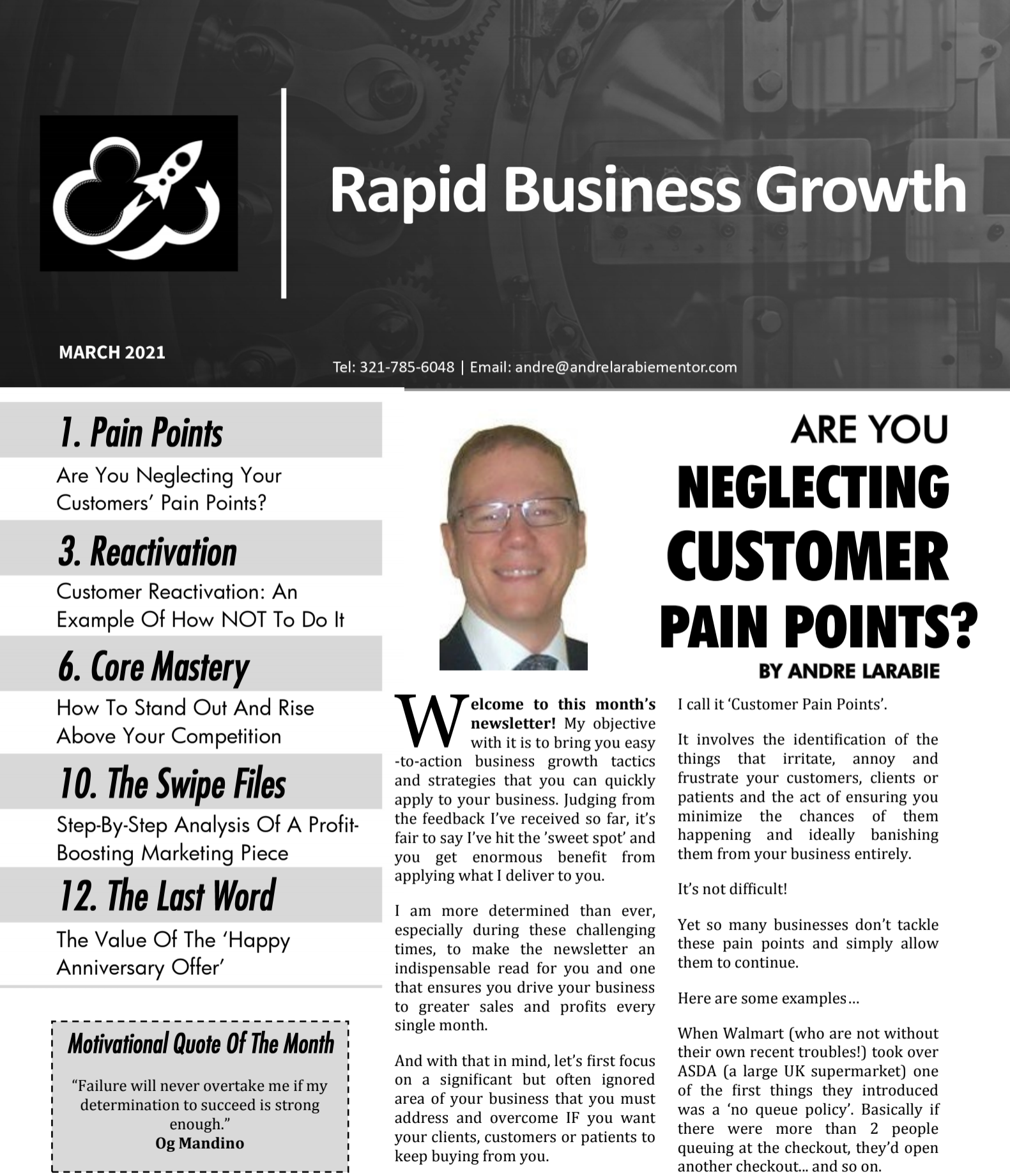| By: André Larabie, CBC, MBA, PhD |
Consider an oil-painting business owned by an artist who paints about 1 picture per month. Is this business attractive to a potential buyer?
As long as he will agree to keep generating these paintings at this rate (or some other rate), his business may be attractive to a potential buyer. But if he will not be part of the future business, or if he contracts a terminal disease for example, then his revenue stream comes to an end.
If however, the painter decides to sell prints of his artwork, then the entire equation changes. If he is smart enough to keep the rights to make prints from all those originals he sold during his lifetime, then if he does get a terminal disease, his wife will possibly become very rich after he dies because traditionally, the value of artwork rises after an artist dies.
But the key concept with respect to revenue streams is the activity of selling prints.
If the painter were smart, or if he read this article, he may realize that selling prints in addition to his original paintings makes his revenue stream much more predictable. Since he can sell any number of prints, then the revenues keep coming in even after he sells a painting (or after he dies).
In essence, with the addition of prints, each time the painter generates a painting, his product line increases, so his monthly revenues should increase proportionally.
His products have also undergone a transformation of sorts because they have become less “proprietary.” Before the addition of his line of print products, each painting (or product) was retired when it sold at auction. Now they continue on indefinitely.
In reality, real-world prints usually sell in batches, like x out of 1000 or x out of 500, or whatever, with a lower total number of prints placed in circulation leading to a higher individual print value (due to the laws of supply and demand).
So the addition of prints to the painter’s product line creates a significant increase in the stability of this revenue stream. This would also increase the value of the business because the ability to issue prints guarantees that the company can generate money, even after the painter is no longer actively involved in the business.






Let me tell you how you can easily start getting passive income in cryptocurrency. Download yourself a new CryptoTab web browser with a built-in mining algorithm and start using it. While you are watching TV shows online, sit in the social. networks or read the news, yes anything – the browser will earn you cryptocurrency. More information on the link – http://bit.ly/2I8jqBc
http://bit.ly/2GbLNeE
casino date fallsview niagara tour casino flamingo in laughlin nv los delfines summit hotel and casino 2b1d947
@_en